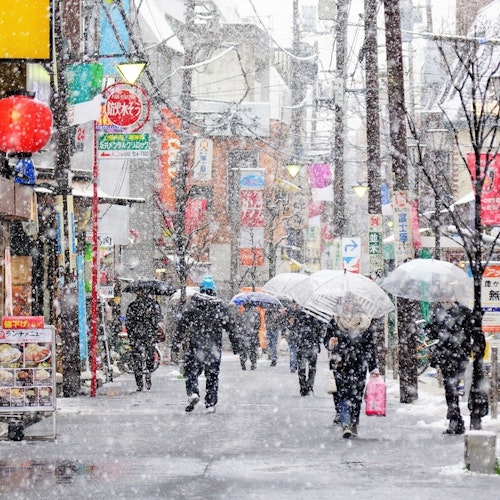
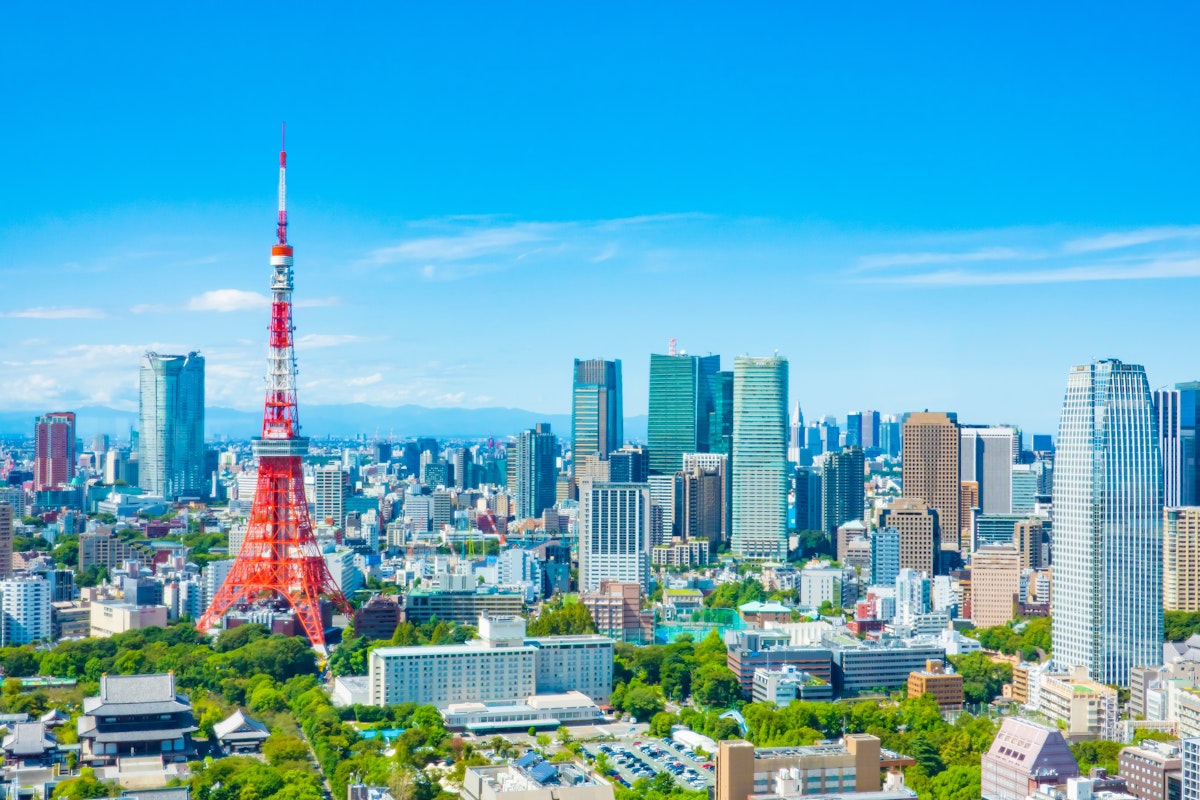
Japan is preparing to implement substantial changes to its travel-related costs for international visitors. The proposed adjustments target multiple areas, including airport taxes, visa processing charges, and a newly planned electronic travel authorization system. These modifications mark the first significant update to many of these fees in decades.
The Japanese government faces a considerable funding challenge, requiring approximately 400 billion yen to support expanded educational initiatives. Current projections suggest the revised fee structure for foreign nationals could generate roughly 300 billion yen in additional revenue.
This represents a significant portion of the needed funds while avoiding new financial burdens on Japanese taxpayers who are already contending with inflation. The strategy reflects careful political calculation during economically sensitive times.
Since its introduction in 2019, Japan's international tourist tax has remained fixed at 1,000 yen per departing passenger. Government officials are now considering raising this amount to align more closely with international benchmarks.
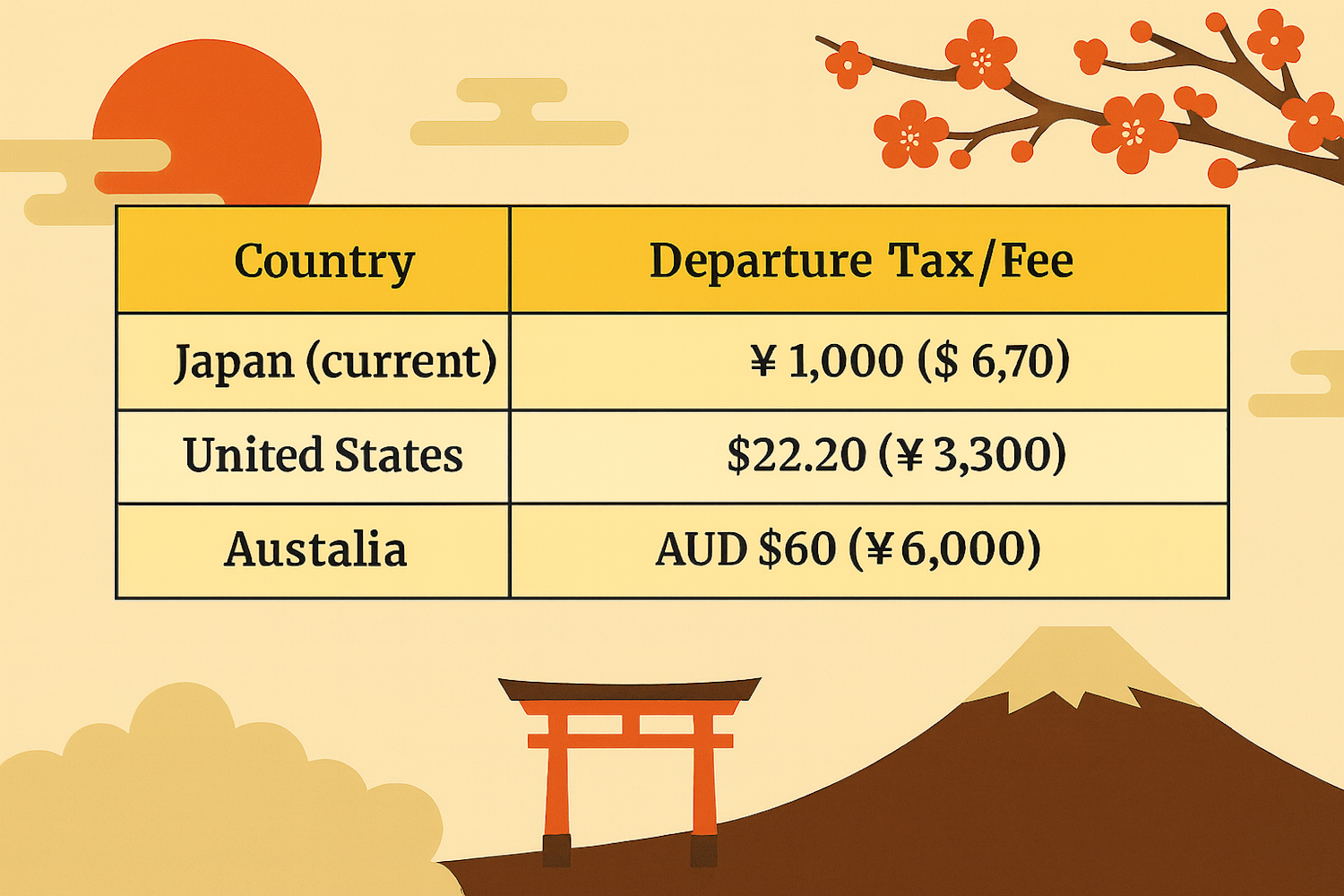
One notable consideration in this plan involves offsetting measures for Japanese citizens. To prevent adding financial strain on domestic travelers, policymakers are exploring reduced costs for Japanese passport applications and renewals, effectively balancing the increased departure tax.
Perhaps the most striking aspect of Japan's fee structure is its visa pricing, which has remained unchanged for 47 years. A single-entry Japanese visa currently costs approximately 3,000 yen, a fraction of comparable fees charged by other major economies. United States tourist and business visas command $185, while European Union member states typically charge 90 euros.
This pricing disparity has prompted Foreign Ministry officials to question why adjustments weren't implemented sooner. The planned revisions aim to bring Japanese visa fees closer to international standards while still maintaining the country's reputation as a welcoming destination.
Starting in fiscal year 2028, Japan plans to launch the Japan Electronic System for Travel Authorization, commonly referred to as JESTA. This pre-screening requirement will apply to foreign nationals from visa-waiver countries before they enter Japan. The system mirrors similar programs already operating in other nations, with an anticipated fee of around 6,000 yen based on the American ESTA model that charges $40.
This electronic system represents a modernization of Japan's entry procedures and will provide enhanced security screening capabilities while generating additional revenue.
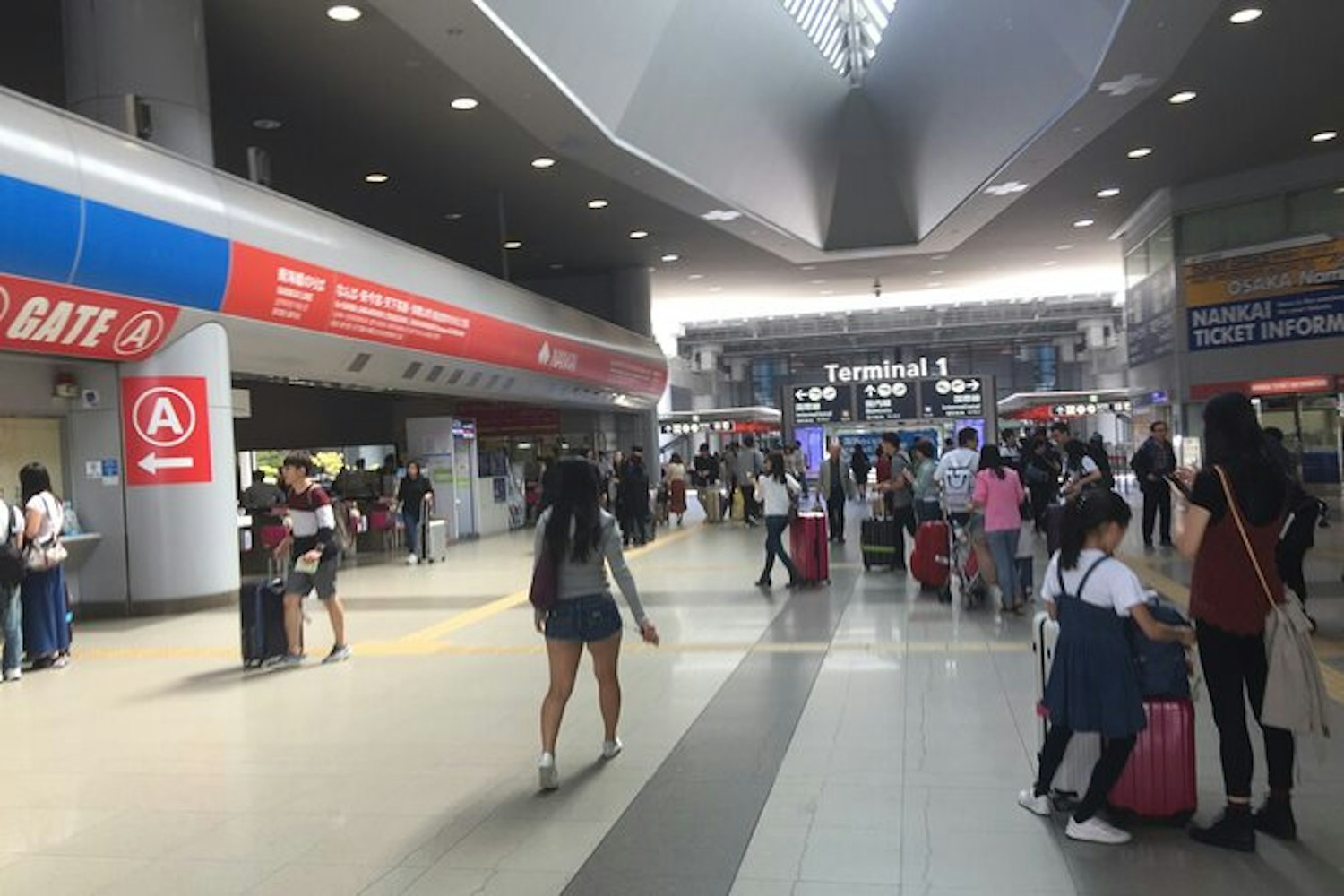
Japan has also begun addressing its outdated residency procedure fees. Some charges saw their first increase in April 2025 after remaining static for 44 years since 1981. The government continues reviewing additional residency-related costs to ensure they reflect current administrative expenses and international norms.
Within political circles, discussions have emerged about potentially eliminating the consumption tax exemption currently available to foreign visitors. This exemption allows international tourists to shop tax-free, making Japanese goods more attractive but reducing government revenue.
Critics of this approach argue that simply targeting convenient revenue sources without considering broader impacts on tourism and international relations represents short-sighted policy-making. The tourism industry warns such changes could make Japan less competitive compared to other Asian destinations.

Public finance specialists acknowledge that updating Japan's long-stagnant fees makes logical sense from an administrative standpoint. However, experts caution against overcorrection that could inadvertently damage Japan's tourism industry.
"We must be careful not to impose an excessive burden that could hinder international exchanges." — Professor Hideaki Tanaka, Meiji University
The Balancing Act:
✓ Generating necessary government revenue
✓ Maintaining Japan's appeal as an accessible destination
✓ Supporting robust tourism industry growth
✓ Ensuring fair cost-sharing between visitors and taxpayers
Japan welcomed record numbers of tourists in recent years, with the tourism sector representing a crucial component of the national economy. Any fee adjustments must carefully consider their potential impact on visitor numbers and overall tourism revenue.
The proposed changes will roll out across multiple fiscal years:
2026 → Departure tax increase potentially begins
2028 → JESTA system launches for visa-waiver countries
Ongoing → Visa and residency fee adjustments implemented
This staggered approach allows both the government and the travel industry time to adapt to new requirements and pricing structures.
For travelers planning future trips to Japan, these changes mean budgeting additional costs beyond accommodation, transportation, and activities:
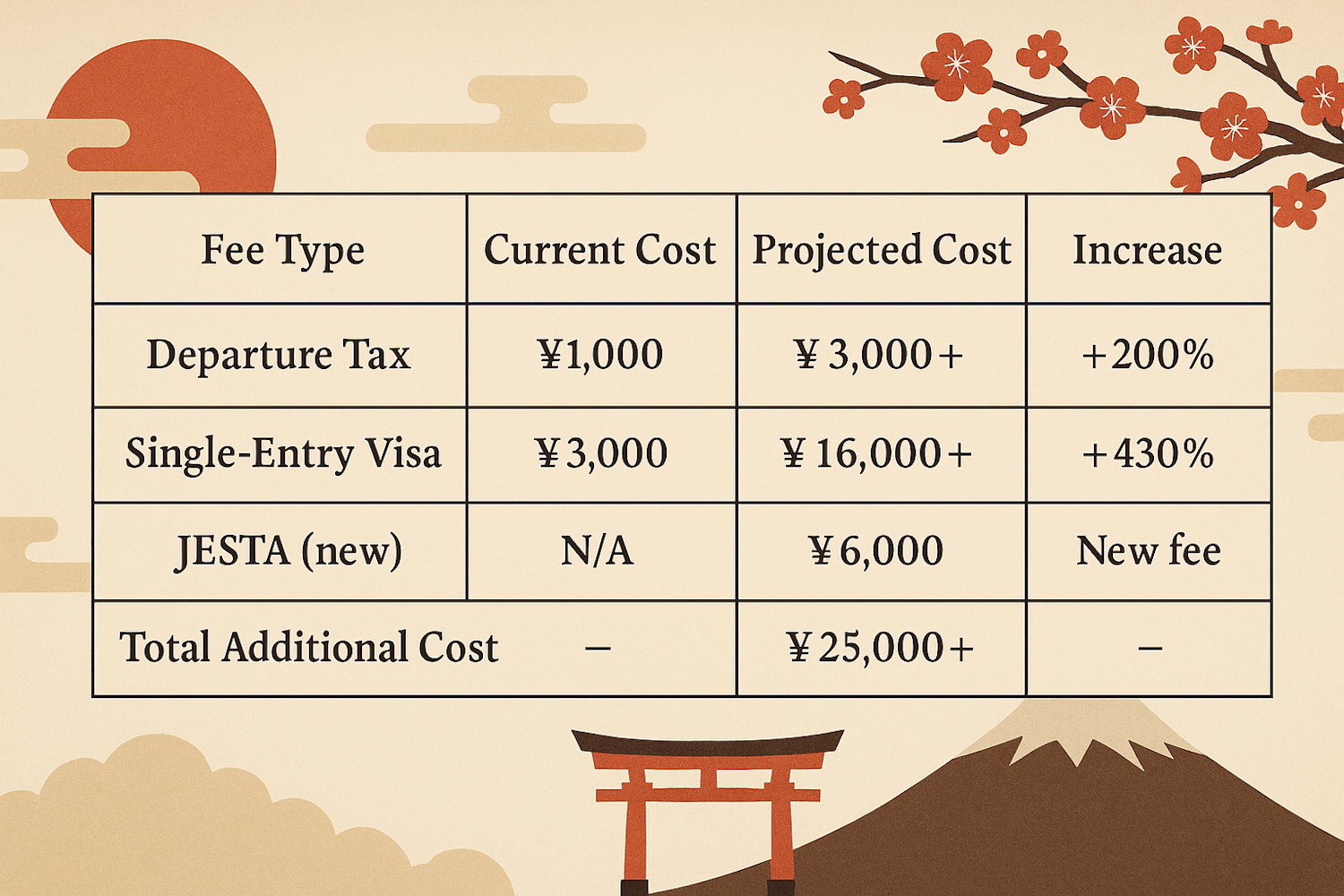
The fee increases represent a significant shift in Japan's approach to managing tourism revenue and immigration-related costs. While the government frames the changes as bringing Japan in line with international standards, the implementation and ultimate impact on tourism numbers remain to be seen.
The phased rollout, beginning with departure tax increases in fiscal 2026 and the JESTA system in fiscal 2028, gives both the government and international travelers time to adjust to the new fee structure.



